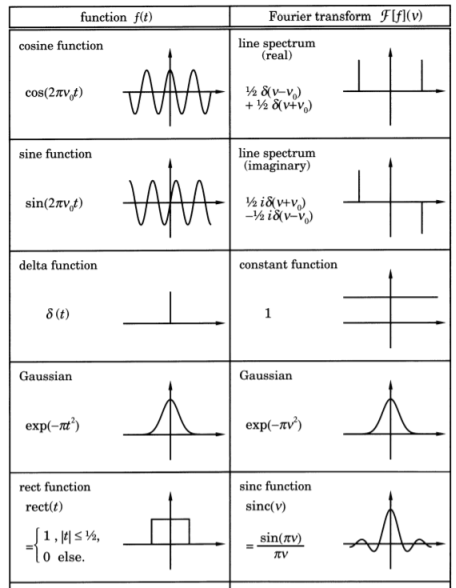UNIT 2
APeriodic signals
The signals which are narrow in time have broad frequency spectra.
Hence, short duration pulse signals like an electromagnetic pulse are typically rich in spectral content.
These signals can interfere with many electronic systems which operates at a wide range of frequencies.
It involves frequency content of aperiodic signals presented by examining a trapezoidal pulse.




Evaluate a single pulse with an amplitude of 8 mV rmd a first zero crossing at U.5 kHz.
Solution



Numerical:
Verify the expression given in Fig. A.5 for the Fourier transform of the Gaussian function
f (t) = exp( -∏t2). From this, determine the Fourier transform of a rescaled Gaussian pulse,
Fa (t) = exp( -a∏t2), a > o.
Solution:
By Using v = C/A , E = hC/A, P = h/A, and m = h/(AC)
We know for a photon of wavelength A = 550 nm:
Therefore, v = 5.45 .1014 Hz, E = 3.61.10-19 J, p = 1.20.10-27 Ns, and m = 4.02 . 10-36 kg.

A time invariant system obeys the following for any t0
X(t-t0) Y(t-t0)
The impulse response for an LTI system is given by,
h(t) = y(t) ,when x(t)=σ(t), h(t)=y(t).
The impulse response is an especially important property of any LTI system. We can use it to describe an LTI system and predict its output for any input.
If we introduce a unit impulse signal at a certain time, what will be the output of the system at a later time?







References:
- Communication system by Bruce carison . TMH.
- Electronic Communication system by Kennedy IV Edition. TMH.
- Electronic Communication system by Roddey & Coolen, Pearson.
- Telecommunication system Engg. By Freeman John Wiley
- Communication system by Haykin,Wiley